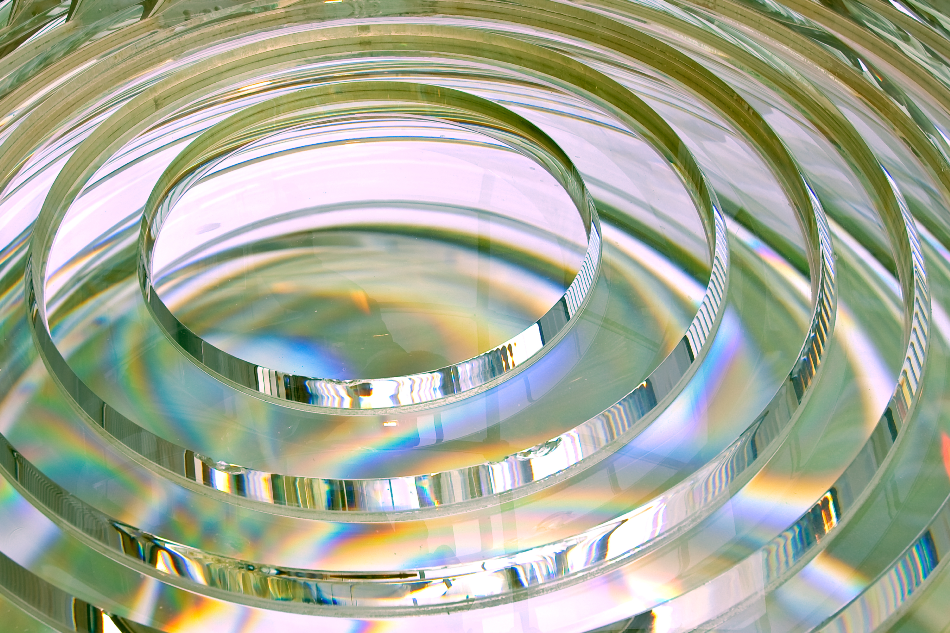
FloridaStock / Shutterstock
The negative aspects of fossil fuels and non-renewable energy sources are being scrutinized more and more due to their harmful impact on the environment. This impact has been further amplified in recent years with the rapidly changing nature of the Earth’s climate, and more effort than ever is now being put into renewable energy technologies in an effort to phase out the non-renewable technologies and make renewable energy sources the primary way of obtaining energy in the future.
Out of all the renewable energy sources, photovoltaics (PVs)—commonly known to the public as solar cells—is one of the most widely researched and distributed technologies due to the abundance of sun rays that hit the Earth every day. Depending on what they are made of and the way in which they are made, PVs can have a range of efficiencies for converting the energy of the sunlight into electricity. However, if they are to be realized as a primary energy source in the future, their efficiencies will need to be enhanced to cover the loss of energy generated from non-renewable sources.
One way of increasing the efficiency of PVs is to use photovoltaic/solar concentrators. However, like most components within technology, there are many different types, all of which have different advantages and disadvantages. Regardless of the type, the general principle of a solar converter is that it is an optical component (be it a lens, curved mirror or a flat mirror) that can be used to concentrate the light that enters the PV, making it more efficient in converting sunlight rays into electricity.
While there are many types—and this article will look at the common examples in more detail below— solar concentrators as a general class of components provide many benefits over non-concentrated flat-plate PVs, including a lower cost vs obtainable efficiency, a higher efficiency overall (up to 20% greater), a higher capacity factor, less issues with obtaining the materials to build to solar concentrators over other efficiency-boosting options (as well as materials that are less toxic than other options), an ease of manufacturing at scale, and the ability to be recycled if necessary compared to other efficiency-boosting components.
Fresnel Lenses
Fresnel lenses are a popular solar concentrator as they are generally very small, lightweight and can be produced on a very large scale at a low cost. They also come in many different forms and can be either circular or linear meaning that they can be used across a wide range of applications. These lenses contain grooves that act as individual prisms to concentrate the light.
Another key benefit arises from the materials used as they are highly transmissive to sunlight. One disadvantage with Fresnel lenses is that the efficiency of the concentrator gets worse the further it is placed away from the solar cell.
Quantum Dot Concentrators
Quantum dot concentrators are composed of a transparent sheet of glass or plastic doped with quantum dots, alongside reflective mirrors and an aperture that connects to the PV cell. The light rays (specific wavelengths) get absorbed by the quantum dots and are distributed evenly throughout the PV, leading to a more uniform distribution of photons throughout This is a key advantage despite the higher costs associated with incorporating quantum dots into the optics.
Moreover, these concentrators can be used over a wide wavelength range, can concentrate both diffuse and direct radiation, don’t require a tracking system and can dissipate heat well.
Parabolic Concentrators
The most well-known concentrator is the parabolic concentrator. They are an optical trough that collects and concentrates light sources within an acceptance angle and focuses them on a receiver tube. The main reasons for their well-known reputation are their high dispatchability, low cost and no need for a tracking system to be used.
However, despite being well-known, there are many factors that can affect the performance of the concentrator, including the reflectivity of the mirror, incident angle, tracking error, intercept factor and the absorptivity of the receiver. Most of these errors come from either the receiver design or the heat loss from the receiver. But, many of these disadvantages can be overcome by multiple troughs being banded together into compound parabolic concentrators.
Some of these disadvantages and efficiency losses can also be overcome by porous inserts in the trough. So, while there are a lot of disadvantages, many can be overcome, and the low cost makes them attractive for a lot of applications.
Dielectric Totally Internally Reflecting Concentrator (DTIRC)
Dielectric totally internally reflecting concentrators (DTIRCs) have a lot of promise in solar cells, as well as in infrared (IR) detection applications and optical communication systems. These concentrators consist of a curved front surface, a totally internally reflecting profile, and an exit aperture, which reflects and amplifies the photonic signal before it reaches the solar cell. DTIRCs have a higher efficiency and concentration ratio than many other concentrators and possess other advantages such as there being no need for cooling features and the ability to tailor the flux. In terms of disadvantages, it has one main disadvantage, in that they can’t pass on all the solar energy that they accept.
Source
- “A Review of Solar Photovoltaic Concentrators”- Khamooshi M. et al, International Journal of Photoenergy, 2014, DOI: 10.1155/2014/958521
Disclaimer: The views expressed here are those of the author expressed in their private capacity and do not necessarily represent the views of AZoM.com Limited T/A AZoNetwork the owner and operator of this website. This disclaimer forms part of the Terms and conditions of use of this website.